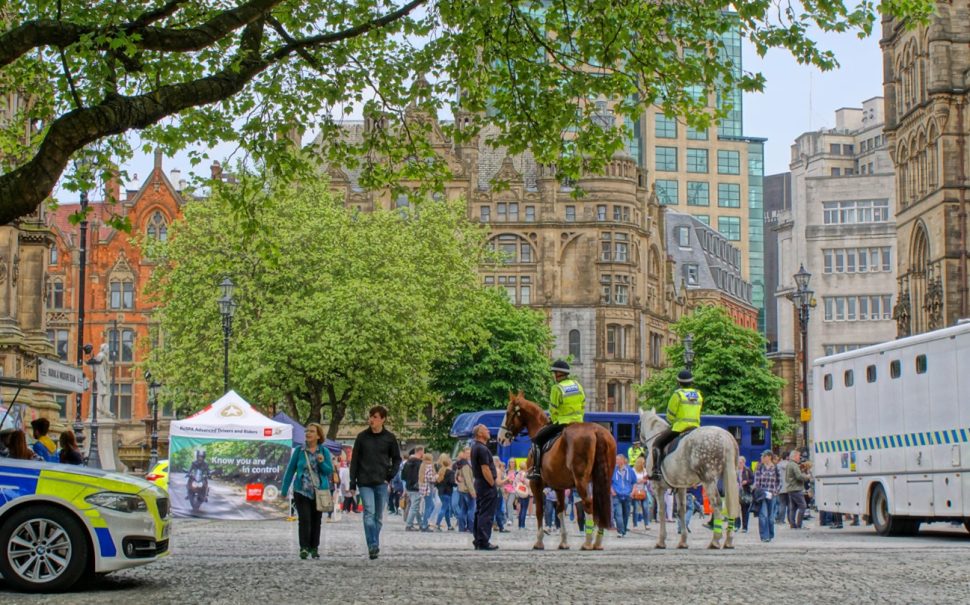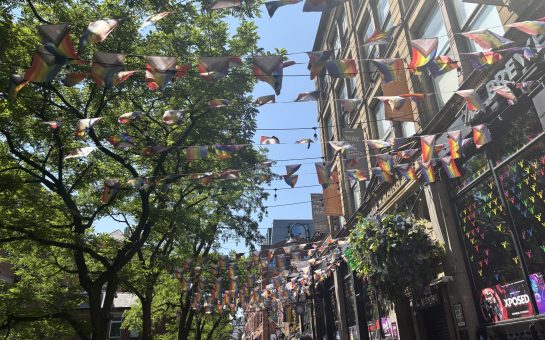From the John Rylands Library to the Royal Exchange Theatre, Manchester is rich in history – but there is a hidden history of Manchester many people are less familiar with.
We’ve uncovered the stories of eight buildings across the city.
The Britons Protection
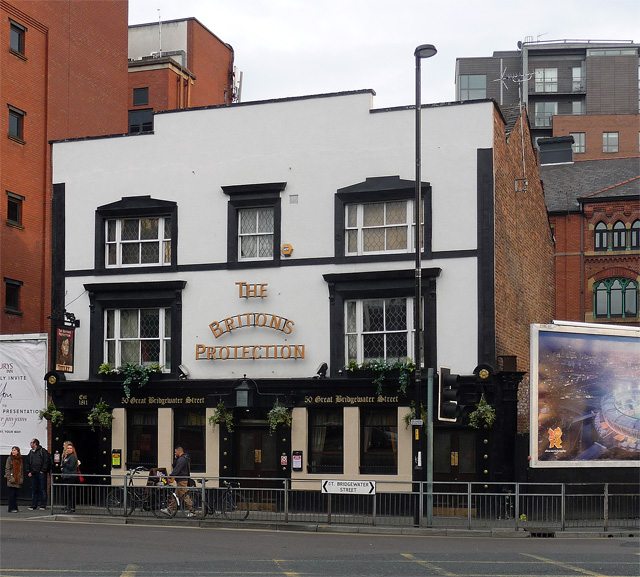
©Stephen Richards, Wikimedia Commons. Licensed under Creative Commons Attribution-Share Alike 2.0
This beloved pub first opened its doors in 1806. It was used as a refuge for people seeking to avoid being recruited for the Napoleonic Wars – hence its name “Britons Protection”.
Reports also suggest that during the Peterloo Massacre, the pub was used as an ad hoc hospital to treat the injured.
Alan Turing Memorial
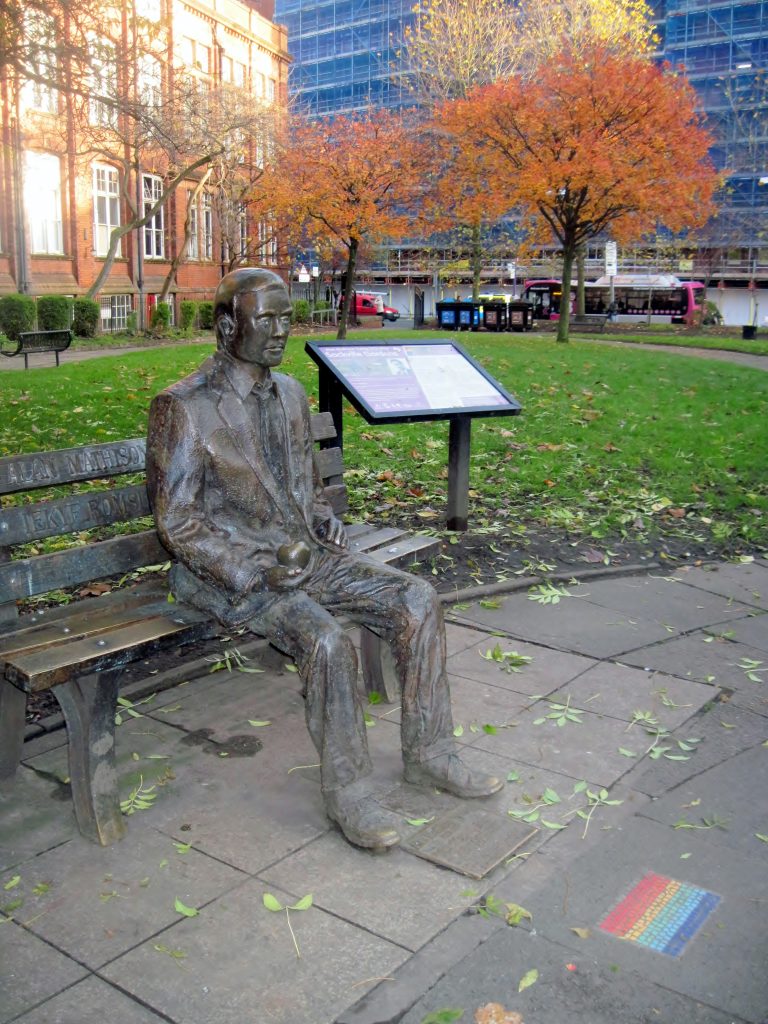
©Tricia Neal, Wikimedia Commons. Licensed under Creative Commons Attribution-Share Alike 2.0
Located in Sackville Gardens is this sculpture of Alan Turing. Famous for cracking the Enigma code during World War II, he was later imprisoned for his sexuality and took his own life.
Located near the Gay Village, the memorial was crowd-funded in a project set up by Richard Humphry.
Rylands Building
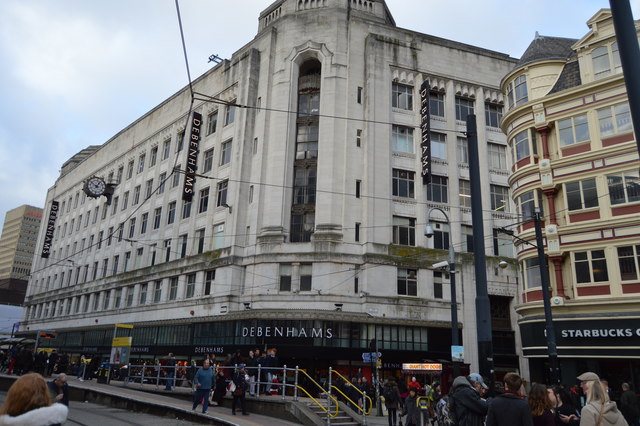
©N Chadwick, Wikimedia Commons. Licensed under Creative Commons Attribution-Share Alike 2.0
More commonly known as the former Debenhams, the Rylands Building has made headlines recently after the company AM Alpha published plans for its redevelopment.
And while the building may currently be a bit of an eyesore, it is in fact Grade II listed.
It was built in the 1930s by the Manchester entrepreneur John Rylands in an Art Deco style.
It was taken over by the department store Debenhams in 1973.
Redfern Building
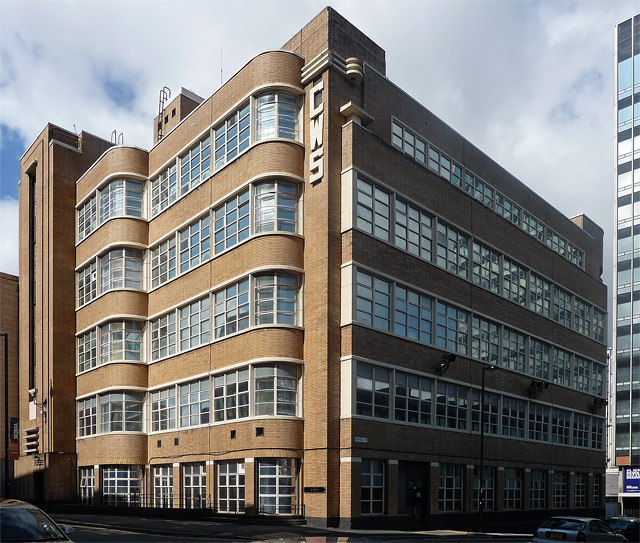
©Stephen Richards, Wikimedia Commons. Licensed under Creative Commons Attribution-Share Alike 2.0
This Grade II listed Art Deco building was completed in 1936. It was built for the Co-operative Wholesale Society.
In 2018, it was thoroughly refurbished and now houses a government probation contact centre.
Victoria Baths
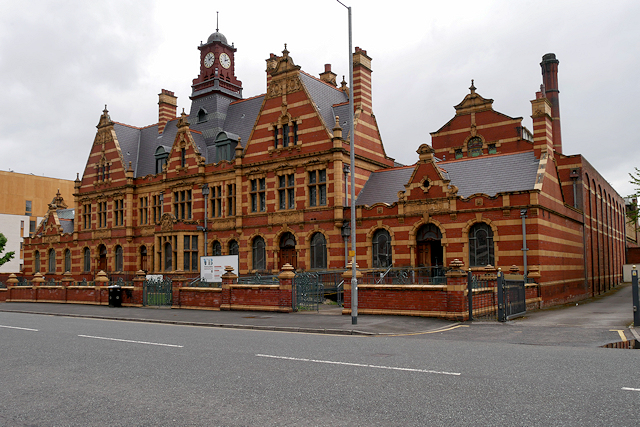
©David Dixon from UK, Wikimedia Commons. Licensed under Creative Commons Attribution-Share Alike 2.0
Victoria Baths was opened in 1906 as a bathhouse for locals.
Its construction had cost £59,000, more than double the usual price of building public baths.
With swimming pools, private baths, Turkish baths, and stained-glass windows, it was an exquisite building.
But after rising costs, the council closed the building in 1993.
It has since undergone extensive regeneration.
Hulme Hippodrome
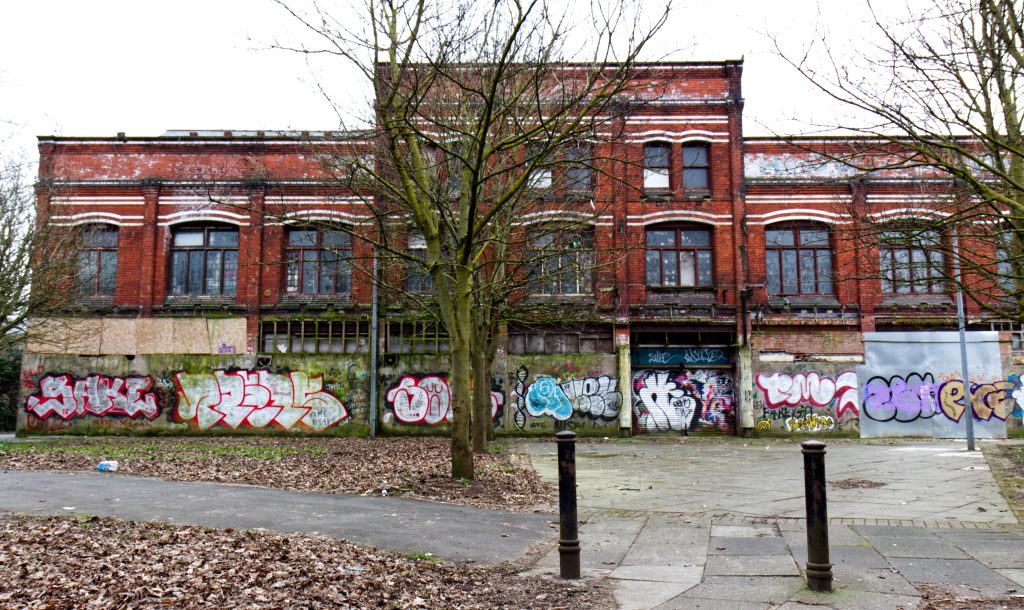
©Kim Foale, Wikimedia Commons. Licensed under Creative Commons Attribution-Share Alike 4.0
Built in 1901, Hulme Hippodrome was a theatre and acted as the headquarters for the Broadhead Circuit, which ran 17 venues in the north-west.
The Grade II listed hall was designed by Joseph John Alley in a Baroque and Art Deco style.
However, it closed in 1960 and has been abandoned ever since, with warnings of urgent repairs needed.
The Church of Scientology
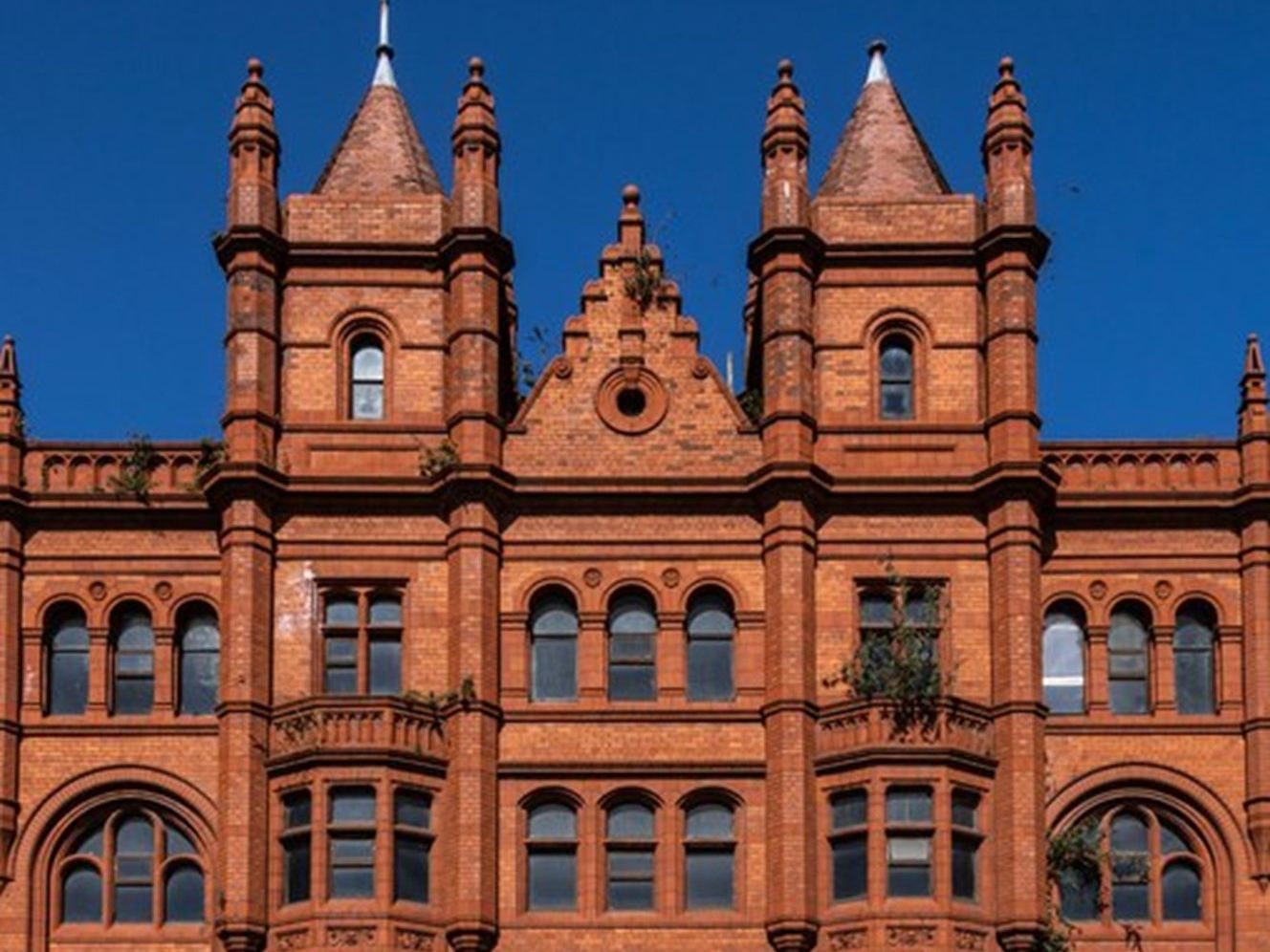
©Peter McDermott and licensed for reuse under this Creative Commons Licence.
This Grade II listed building was bought by the controversial religious group in 2007 for a reported £3.6m. It has undergone extensive redevelopment.
Before this, however, it was home to Duckworth’s Essence Distillery.
The Moon Under Water
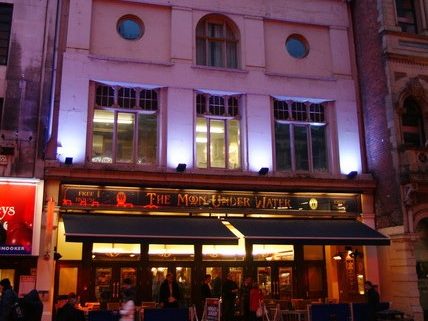
©Bill Boaden, Wikimedia Commons. Licensed under Creative Commons Attribution-Share Alike 2.0
Now housing a Weatherspoons pub, this is one of the largest public houses in the UK – holding 1,700 customers!
It was named after George Orwell’s essay “The Moon Under Water”.
The building was originally a cinema, which opened in 1914.
Feature image: ©Stephen Gidley, Flikr. Licensed under Creative Commons 2.0.
